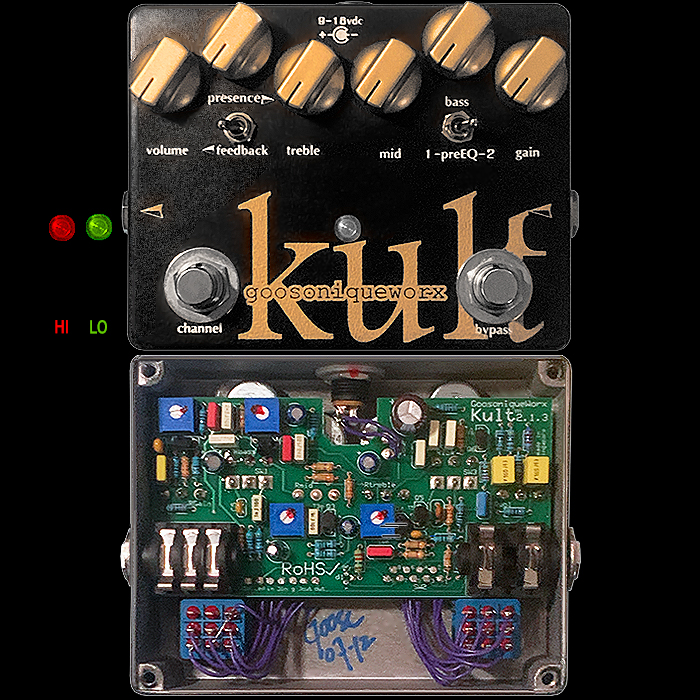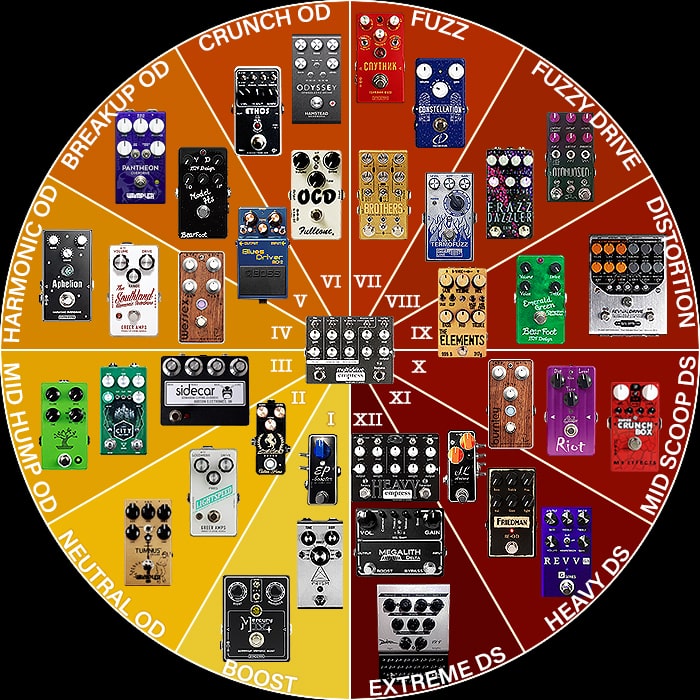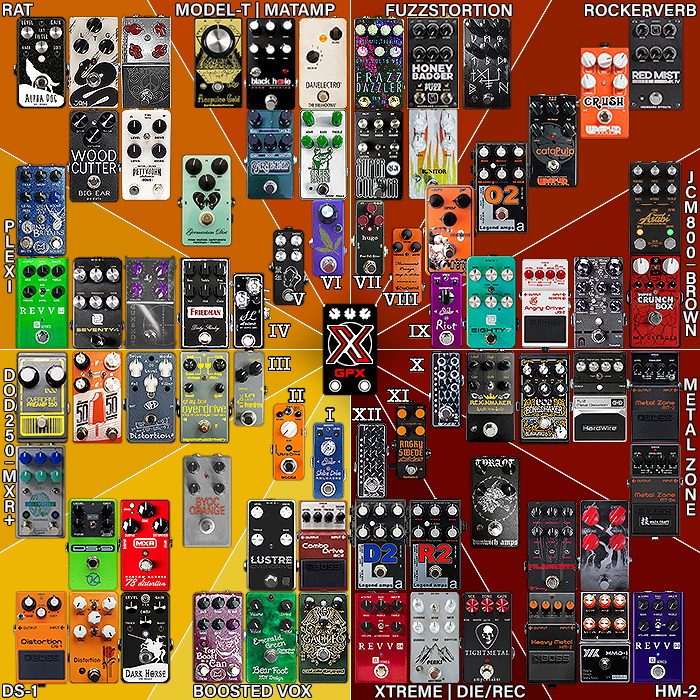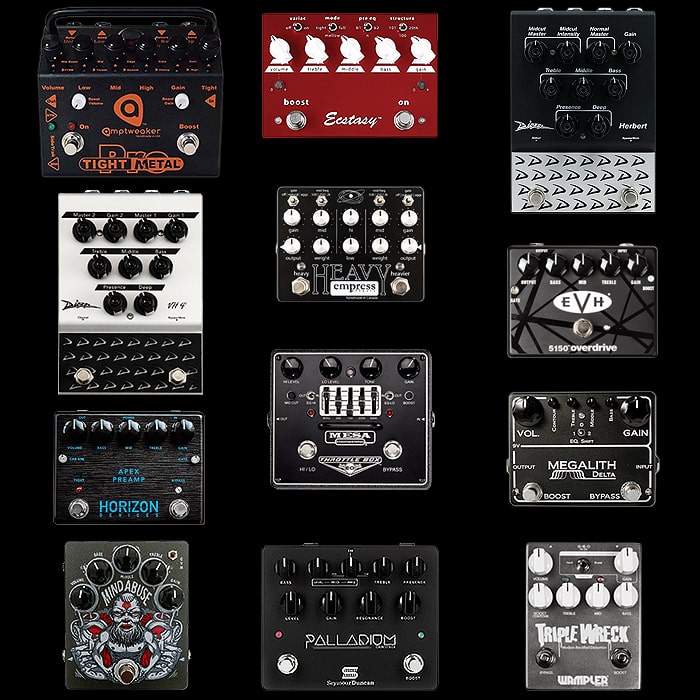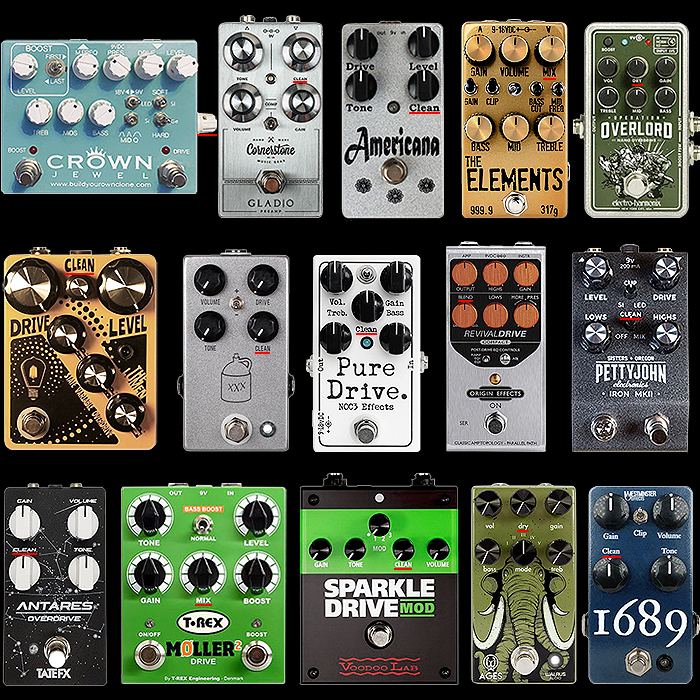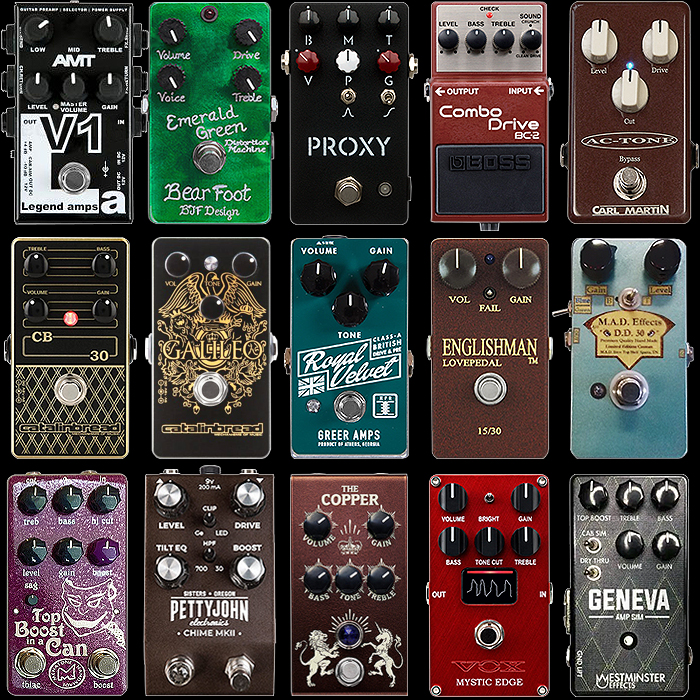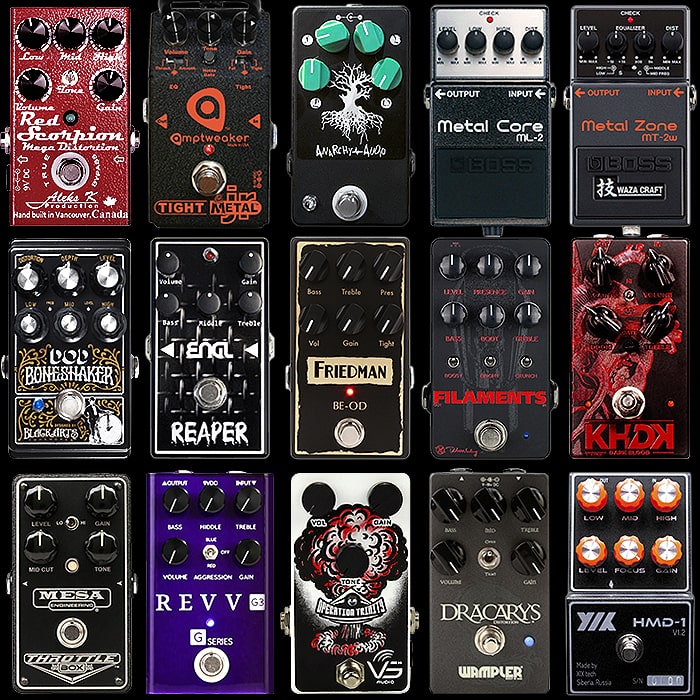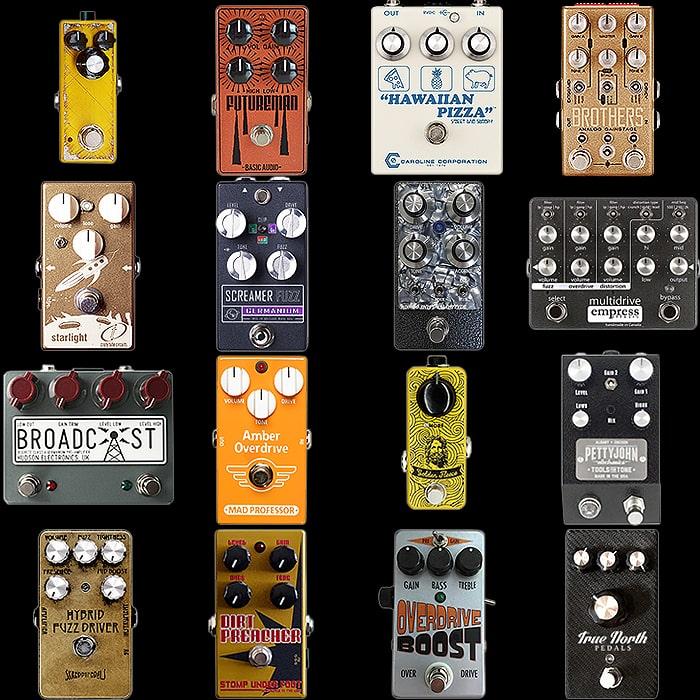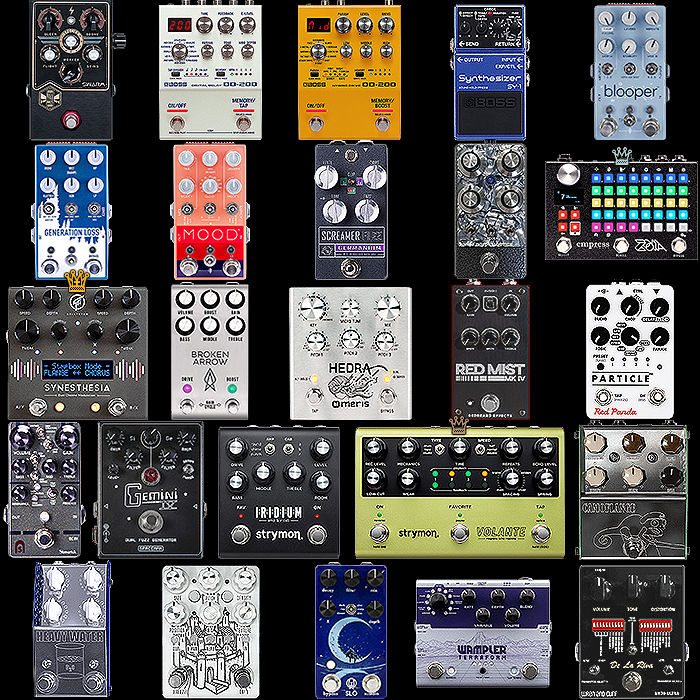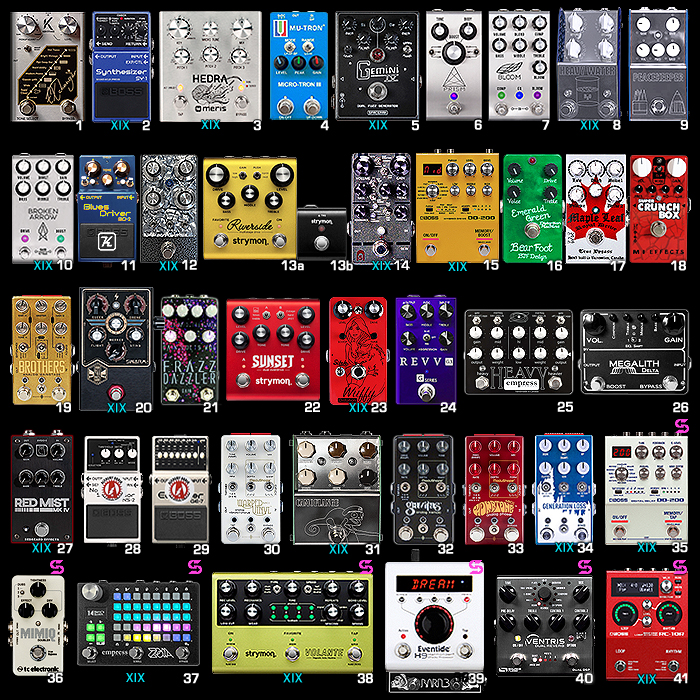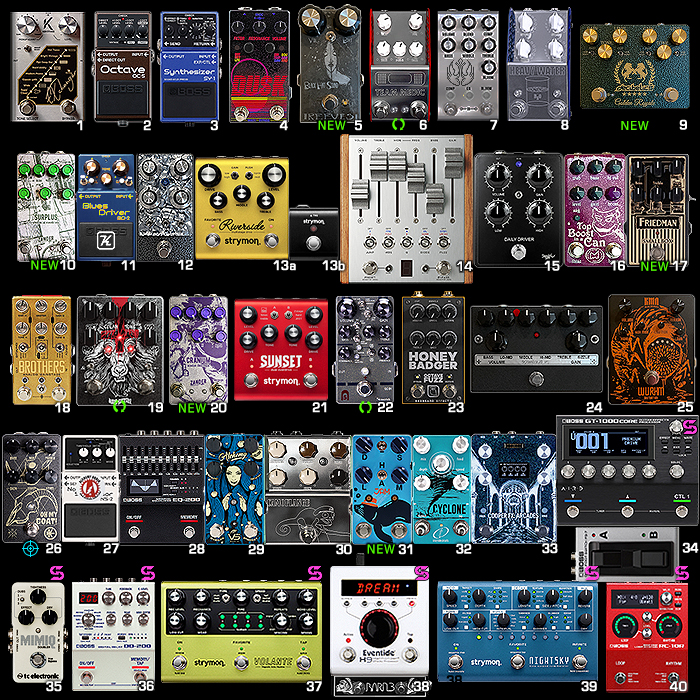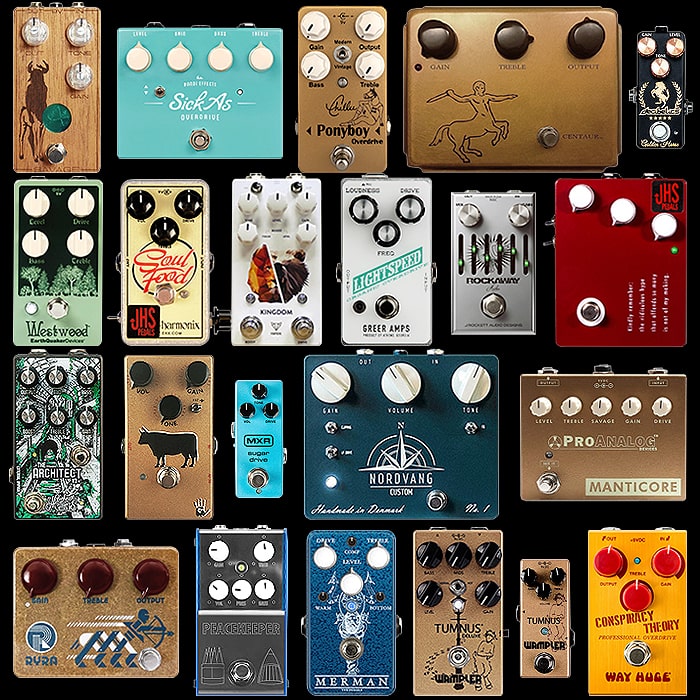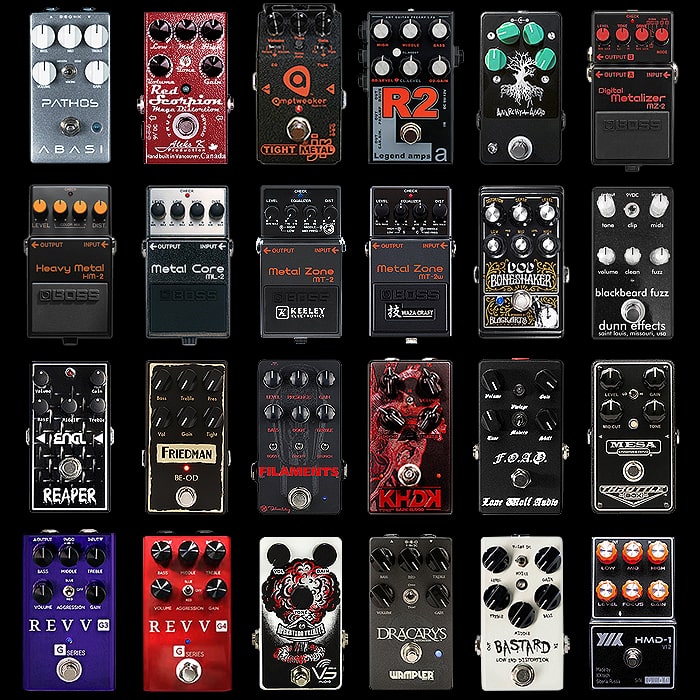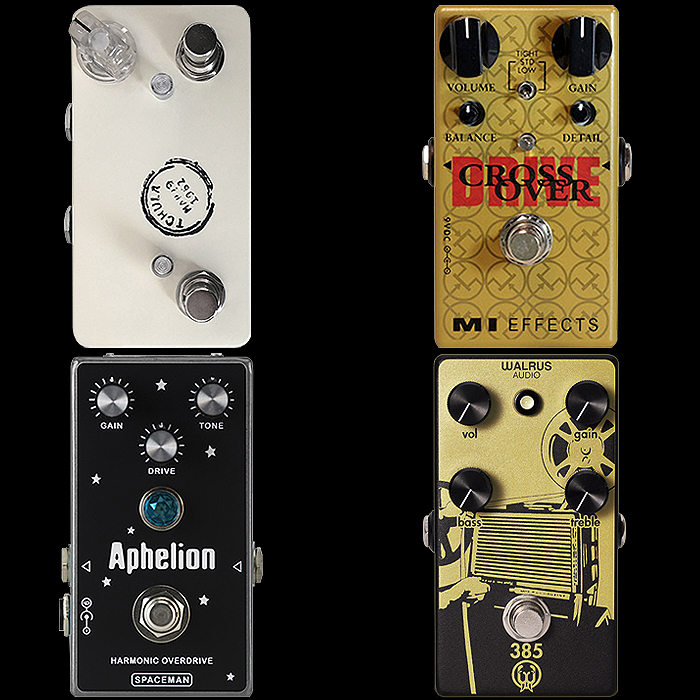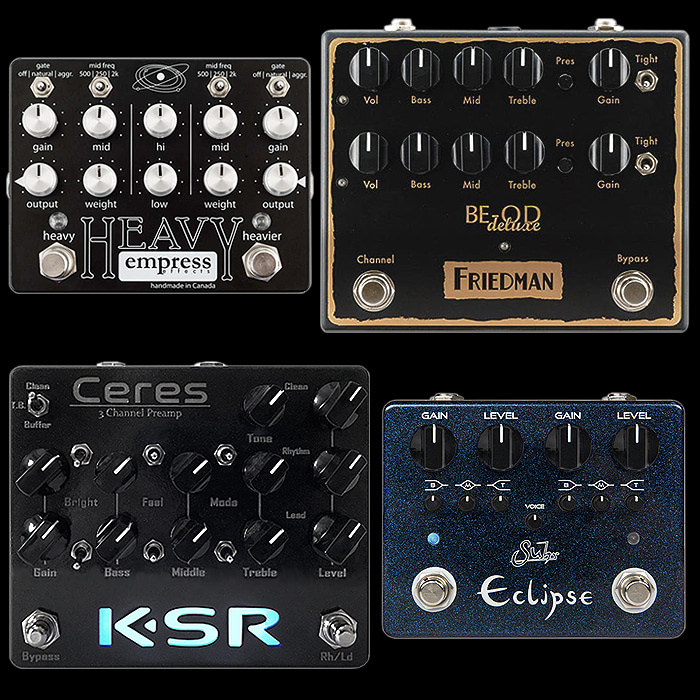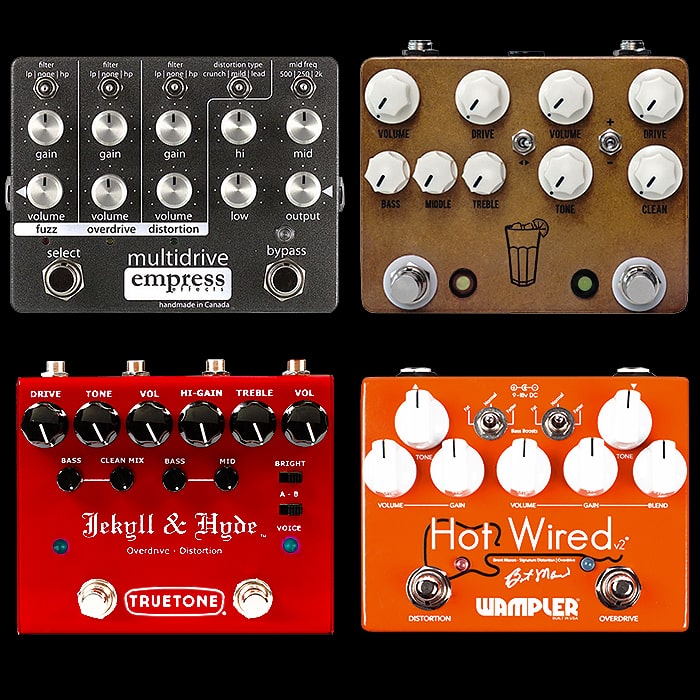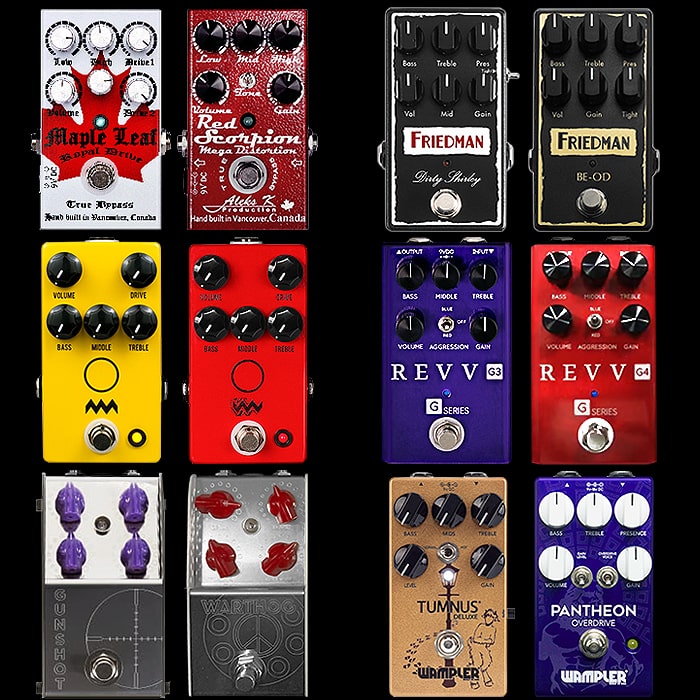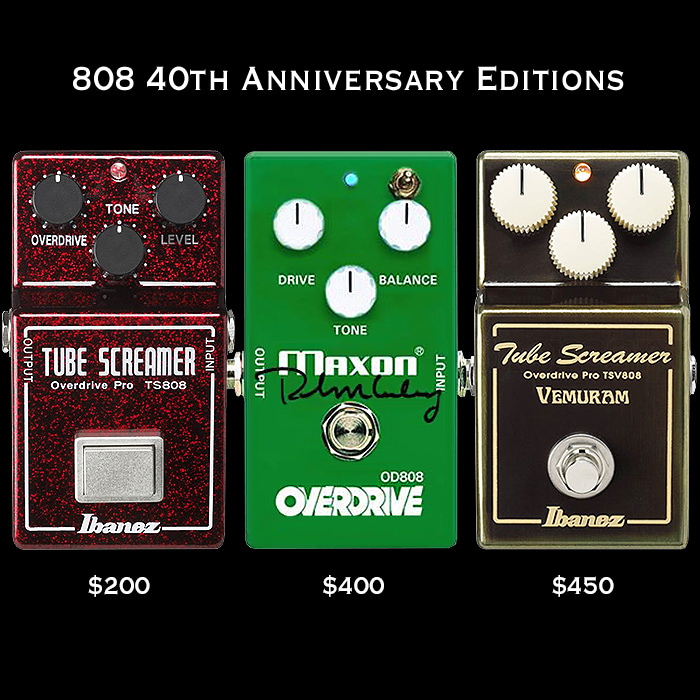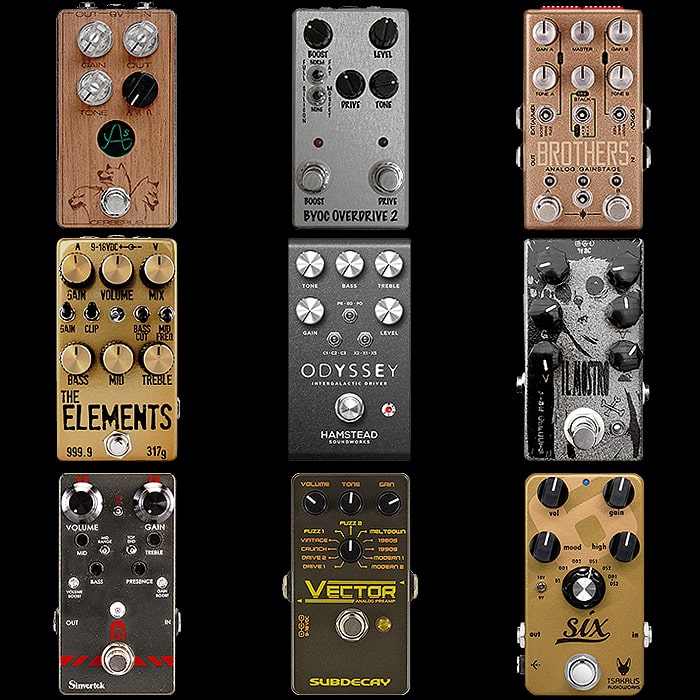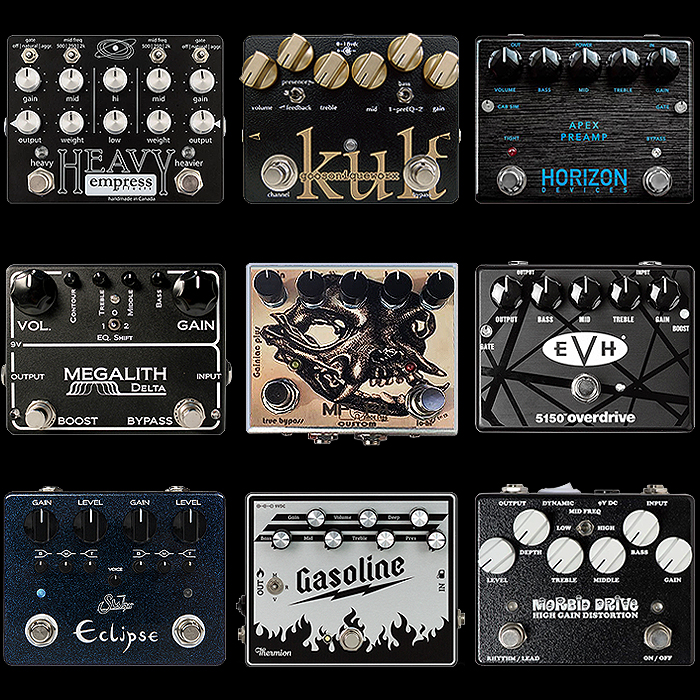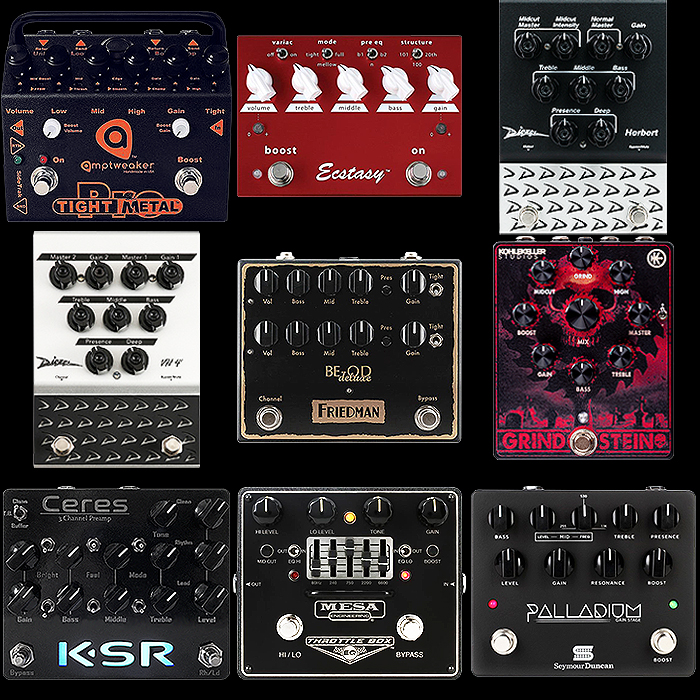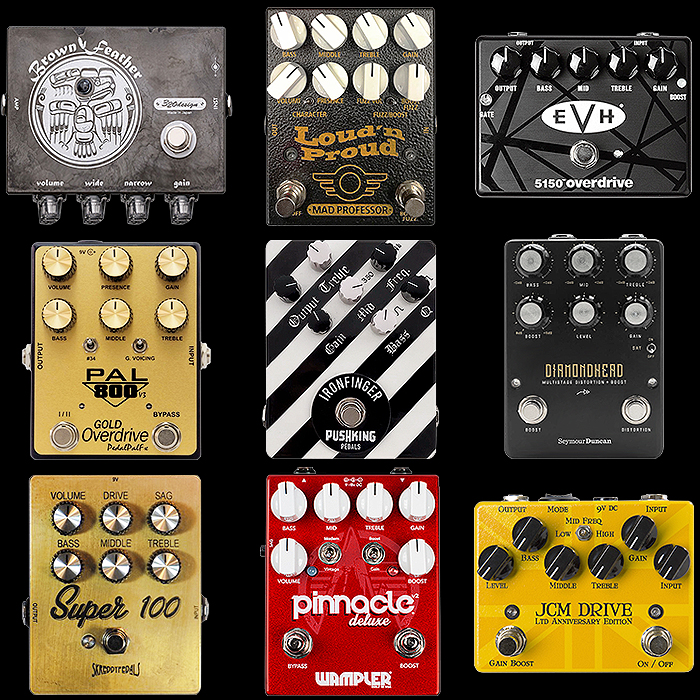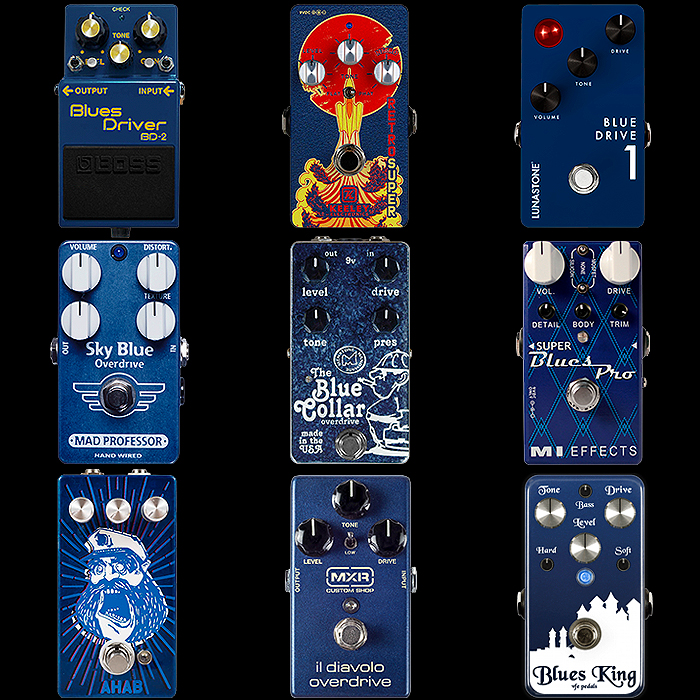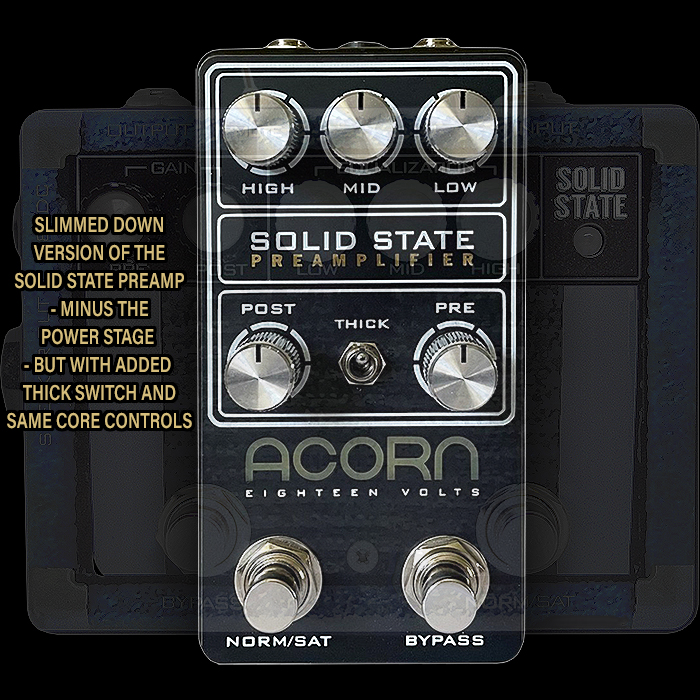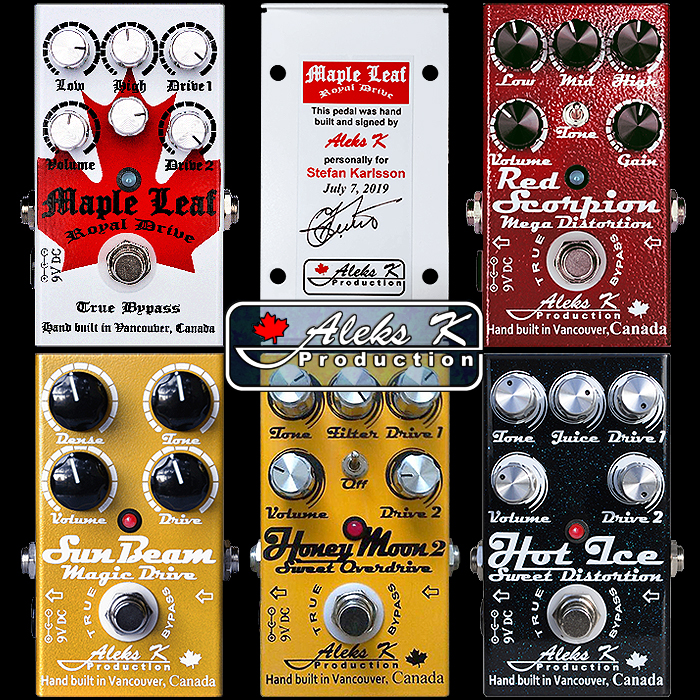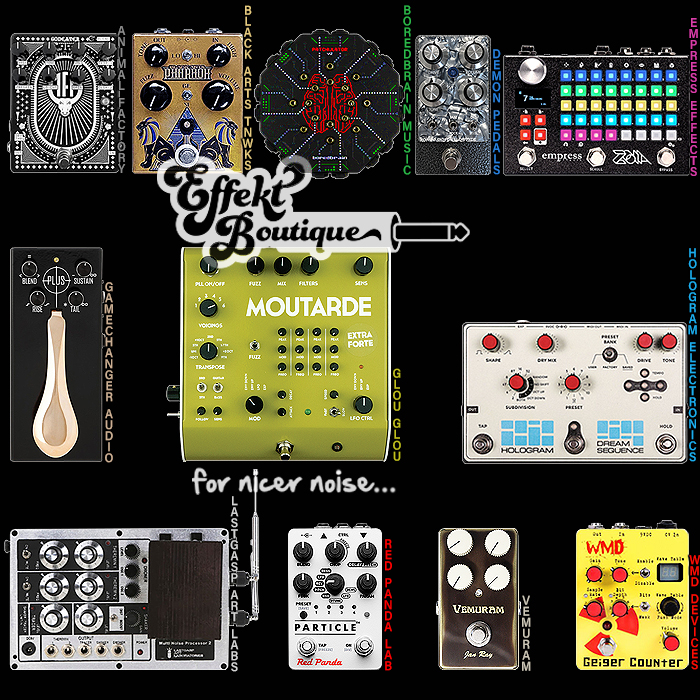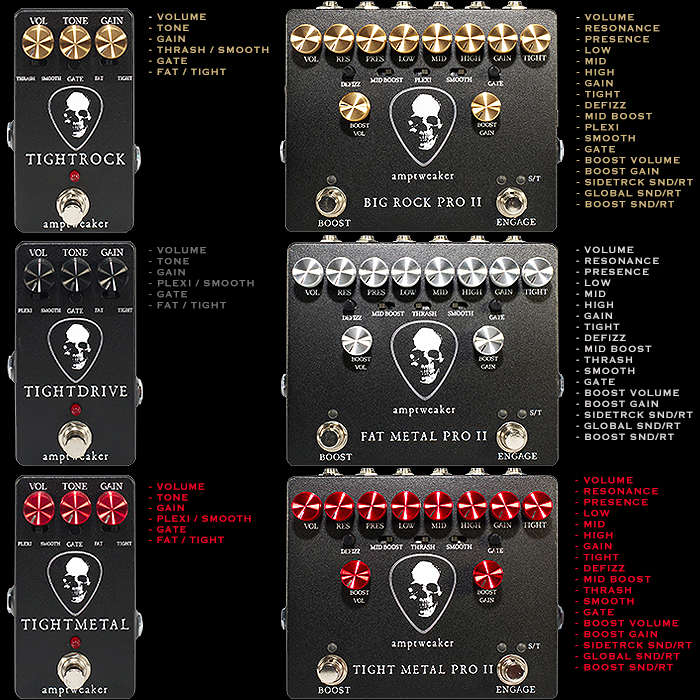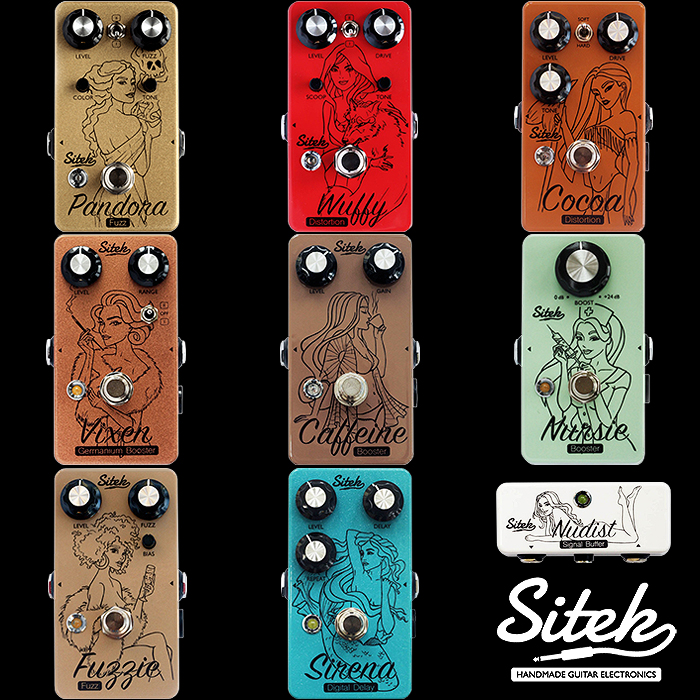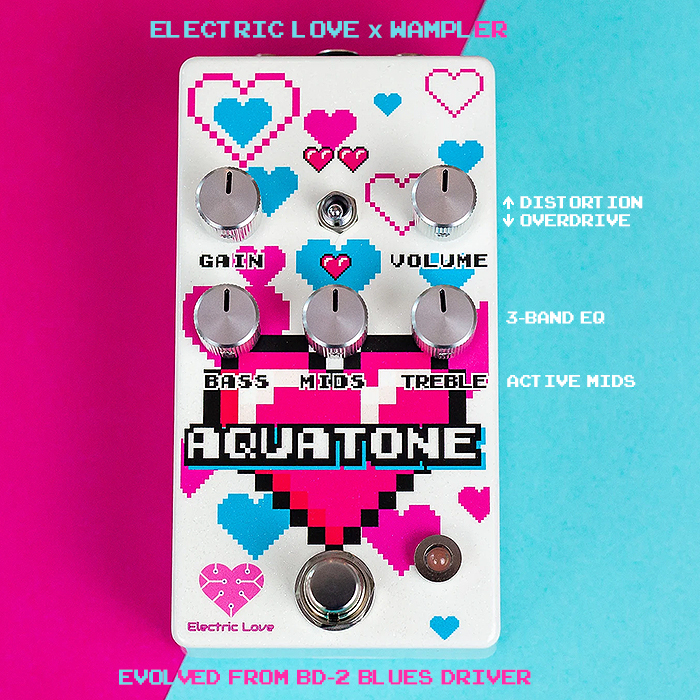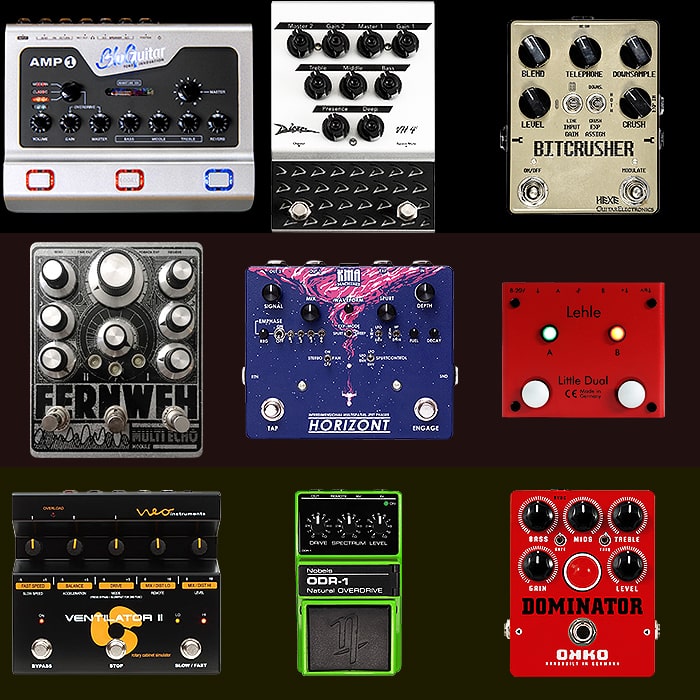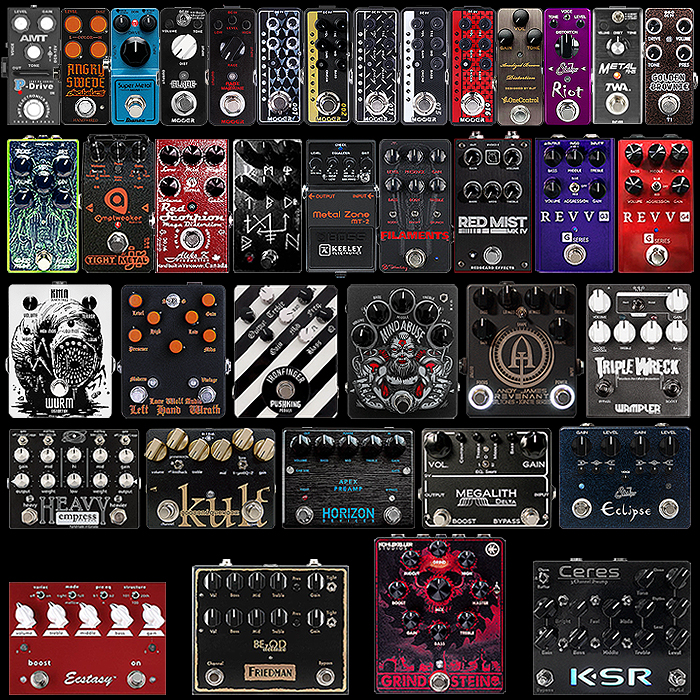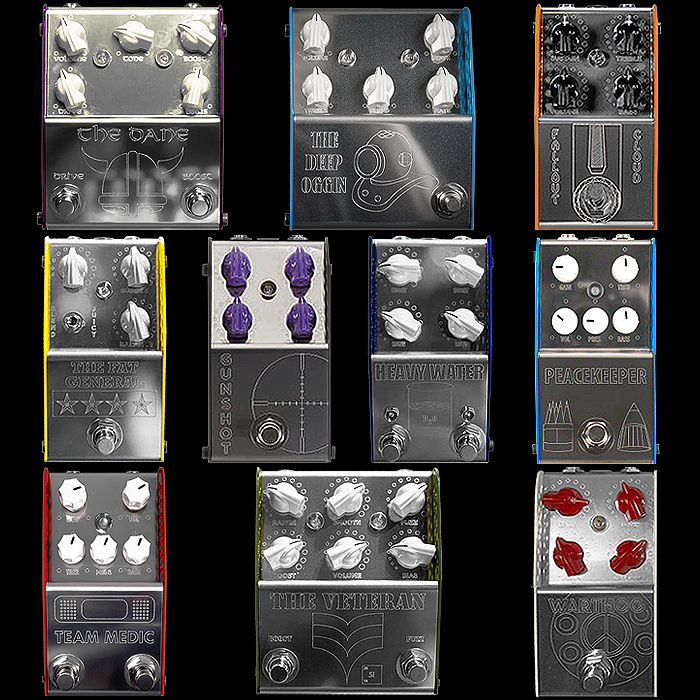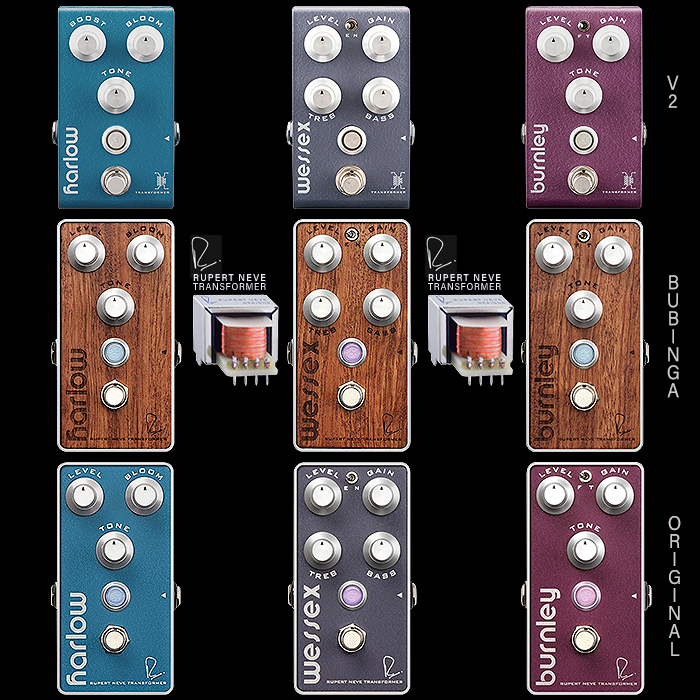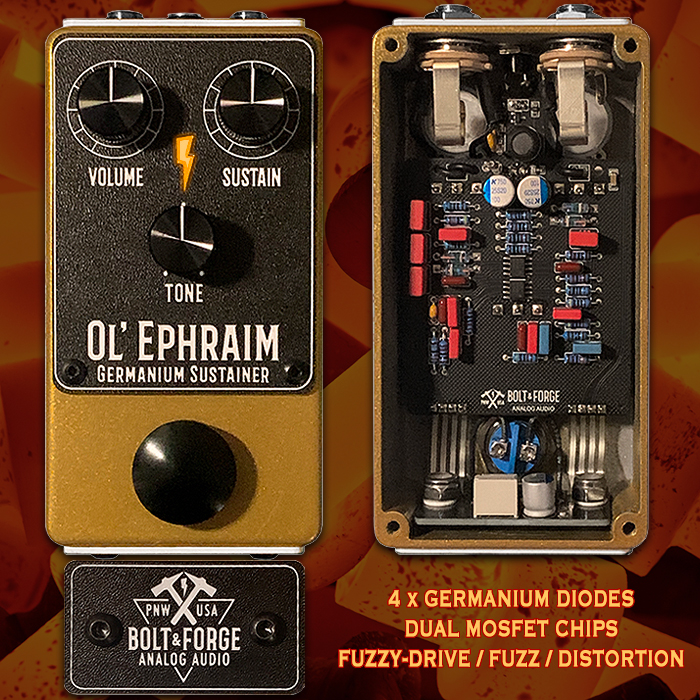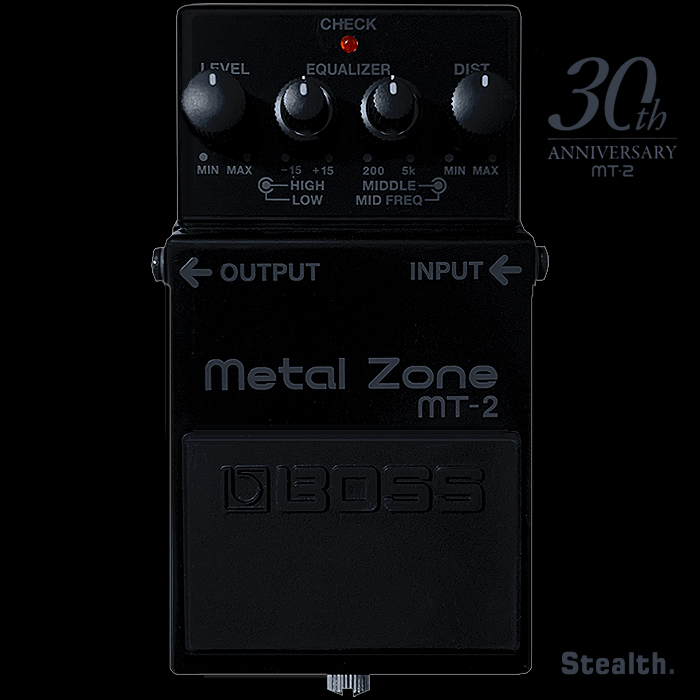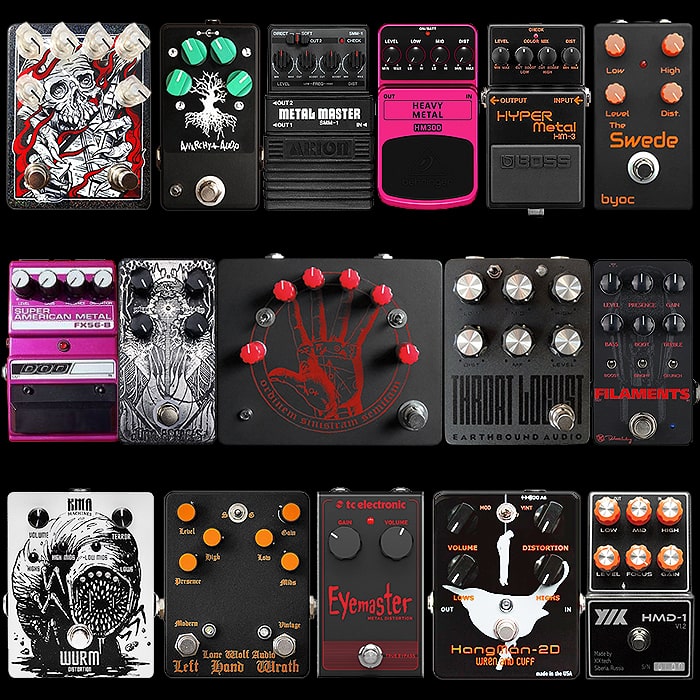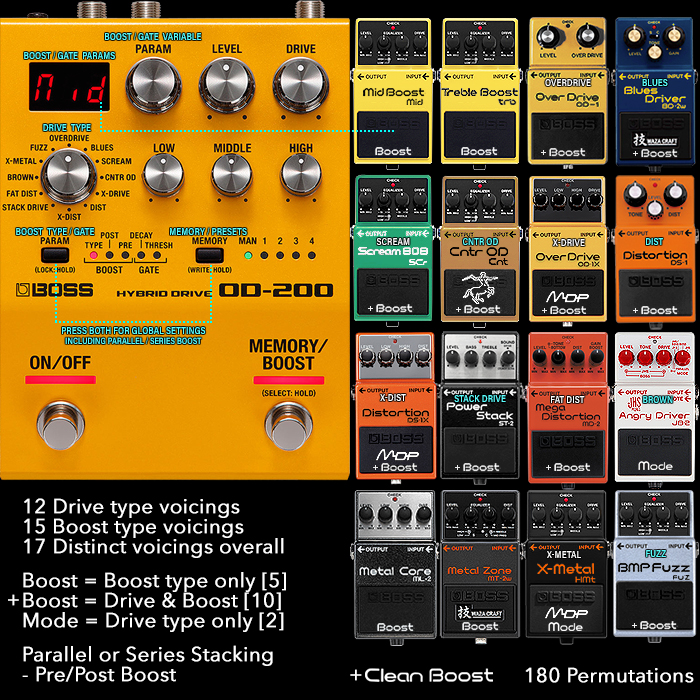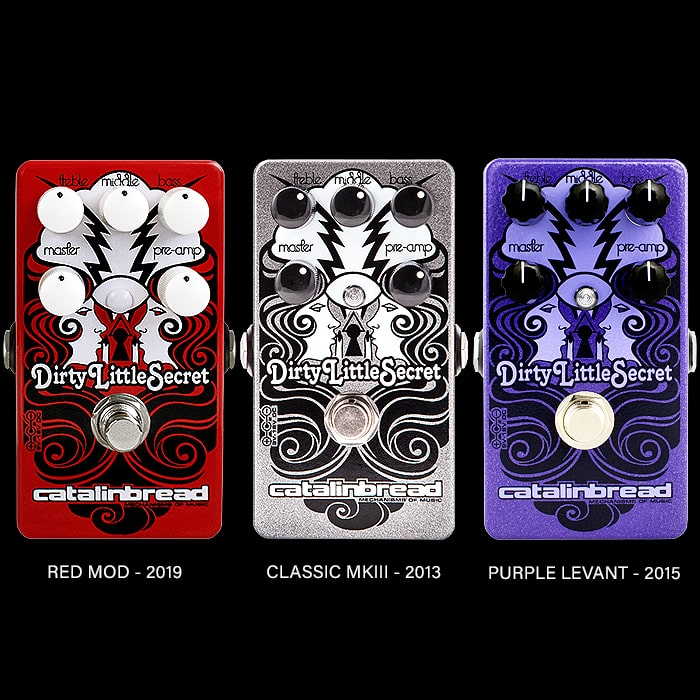2 Great Q-Control Drive and Distortion Pedals - The BYOC Crown Jewel Multidrive and Pushking Ironfinger Distortion

Readers of this blog will already know how much a fan I am of BYOC’s Crown Jewel Multidrive pedal - with its multitude of dials and switches - 4 gain stages in effect and clean blend circuit. I’ve said that this is not only likely the most versatile drive pedal out there currently, but also an essential educational tool for understating how different degrees of voltage, clipping, tone-shaping and Q-control impact on the output signal.
I wasn’t really that much practically acquainted with the Q-control element before this pedal (Crown Jewel) - as I haven’t used the parametric EQ pedals that Q-controls tend to inhabit. The Q-Control essentially controls the spread or width of the sort of bell curve around the central frequency cluster you select with the Mid Frequency dial. Generally the wider profile gives you more fuzzy or fuzz-edged tones, while the narrower profile give you more of a cocked wah sort of tonality - with the middle position being a slightly more even sounding clearer tone between those two extremes. In shaping your drive and distortion tones - the Q-control provides essential character and texture DNA to the gain structure - which really gives the tone its specific tone family signature. With the Crown Jewel, I’ve really learnt to make the most use of this feature with that 3-way toggle-switch - for instance say you want to get something close to a Blues Driver - you really need that wider Q for the correct core tonality.
For Pushking’s Axel ’Ironfinger’ Ritt Signature Distortion - the Q-control is a dial - with wider spread anti-clockwise, and narrower focus in the clockwise direction. There are plenty of Drive and Distortion pedals out there with parametric mids - or frequency selector and boost/cut dials. But as Pushking rightly proclaims - those are few and far between which also include the Q-control. In fact as far as I’m aware the only two current ones are the Crown Jewel and the Ironfinger - although there is likely something I may have / could have overlooked.
I happened upon the PushKing Irongfinger quite by chance really as I was scanning around my usual resources this last Friday - trying to find something salient to report on, as new product releases tend to slow down somewhat before Summer NAMM. So I spotted the Ironfinger under recent additions on the Effekt-Boutique.de store site, watched Axel’s superb demo - and knew instinctively that this was something for me. Which is just as well really as that first batch of pedals seems to have been sold out by the end of play on that day - so I was really lucky I snagged one.
Both these pedals are tremendously versatile tone-machines, and while the Crown Jewel is obviously a little more versatile overall - as a Boost/Overdrive/Fuzz/Distortion device, the Irongfinger is fully primed for Drive and Distortion sounds from relatively gainey crunchy rock and upwards. Axel ’Ironfinger’ Ritt is of course the lead guitarist for German Heavy Metal band Grave Digger and this pedal excels at those sort of tones as Axel demonstrates in his superb pedal overview.
I was aware of the Pushking brand from my ’Best of German Guitar Pedals and Pedal Builders’ overview - but when I did my first couple of sweeps there was nothing in the Pushking range that aroused any interest. I feel though that they might be onto a winner here with the Ironfinger - and it certainly adds a high degree of versatility to the high gain section of my Tone Library.
BYOC Crown Jewel Multidrive with dual Clipping Stages, 3-Band EQ + Presence inc. Parametric Mids & Q-Control - from $199 (BuildYourOwnClone.com), mine was $225 from Geargasstore (GearGasStore.com) (with additional Dry Blend circuit, LPB Boost Module)
As stated in the legend - you get 9 dials here, 5 toggle switches and dual footswitches for a really fantastic all-round Boost, Drive, Distortion and even Fuzz Pedal - that last genre depending largely on what Boost module you load up into the pedal. In fact I would probably go one or two stages further with this sort of pedal - adding in one more gain / clipping stage, and making the Boost Module component rather a 3 or 4 way switchable permanent component - a little like on the most recent Jackson Audio Broken Arrow - so you could select between Linear Power Boost, Treble Booster and Fuzz Circuit for instance. Also a much needed element here would be some sort of overlay digital control surface which is what would be needed to give you essential presets. That is one thing that the new Chase Bliss Audio / Benson Amps Automatone MKII PreAmp has over and above the Crown Jewel is the presets - while the Crown Jewel leads the field in fine-tuning versatility. As I've said before - I feel that his is just a fantastic educational tool for anyone looking to gain an insight into how drive pedals work and how the tone and gain stages are structured - I feel that everyone should have one of these - it should be compulsory pedal schooling! Right now there don't seem to be any fully assembled models available anywhere - although there are several Kits still doing the rounds. I've said it before and will say it again - everyone should have one! For a full overview of the Crown Jewel you should read my - 'BYOC Crown Jewel Multidrive's Multiple Degrees of Saturation' article.
Pushking Axel 'Ironfinger' Ritt Signature Distortion, 3-Band EQ inc. Parametric Mids & Q-Control - €169 (Effekt-Boutique.de)
I knew nothing about Axel 'Ironfinger' Ritt or his band Grave Digger before I came across the Pushking Irongfinger pedal. I am now a little more schooled in the ways of Ironfinger and can gauge that he has a fine ear for tone - and with Pushking has produced a really phenomenal Hard Rock and Metal style pedal. The core tuning of that pedal seems to be spot on - I will need to test the range of each dial when mine arrives - but from the above excellent demo video by Axel himself - it is quite evident that there is a huge range of convincing tones available from this one pedal - whether you are a fan of Eddie Van Halen, Grave Digger, Judas Priest, Metallica, Pantera, Rammstein or ZZ Top even - this pedal has a flavour for you. As I've said before it's rarely about exactly recreating or replicating your favourite guitar heroes' tones - it's being able to convincingly get within those ballparks. I have lots of other tricks up my sleeve - and within my pedal-chain - so as long as the correct sort of texture and tonality is on tap - I can usually enhance even further with my other tone components. On the surface there is not too much unusual about this pedal - 3-Band EQ with Parametric-Mids - besides the Q-control of course. And none of this would work if the stock pedal tone and gain stage structure wasn't suitably honed to the task. You will know that I'm already a huge fan of the REVV Trifecta - G2, G3 and G4 - so I will be personally fascinated to see how the Ironfinger stacks up against those. This is a unique pedal designed by a journeyman guitarist with a keen ear for sizzling metal tones - he has staked his name and reputation upon this, and I am already sufficiently convinced to give it its chance in the spotlight. I have a feeling it may become a principal fixture in the chain - question is which pedal it is likely to replace?
Final Thoughts
Just a friendly reminder to those that struggled to get on with the Boss MT-2 Metal Zone and DOD Boneshaker pedals - those both have Parametric Mids and more - which a lot of you seem to find hard to get to grips with, and both these pedals mentioned here go one stage further with additional Q-controls which adjusts the spread of the frequency focus on the Mids Frequency selection - meaning that you are unlikely to get on with either the Crown Jewel or the Ironfinger.
Those of you however who are familiar with Parametric-EQs and like to get extended ranges out of their dirt pedals - this should be right up your street. I personally vacillate between having not enough controls and having too many at my disposal.
In both these instances I think BYOC and PushKing with Axel have got things exactly right - and these can be formidable weapons in your drive arsenal. I have both and recommend both obviously - although I do of course have a lot more experience of the Crown Jewel thus far. Depending on your playing style and genres you cover one or the other here might be more suitable - the Crown Jewel is your all-rounder, while the Ironfinger if very obviously specialised for high gain usage - and Heavy Metal in particular.



















